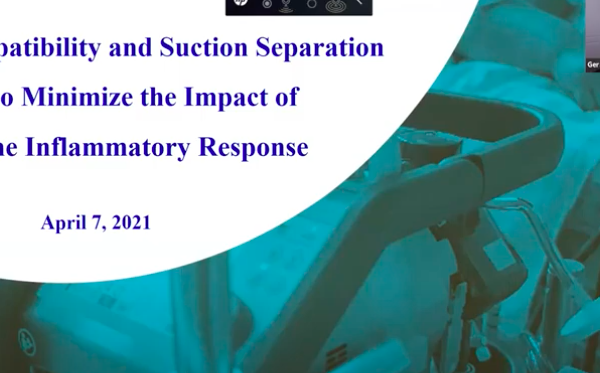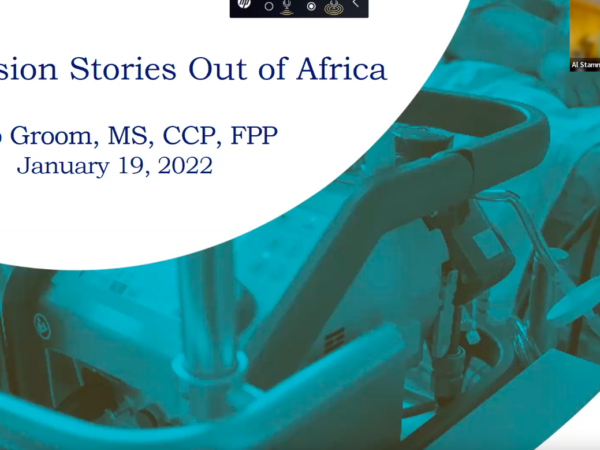The Early Years of Perfusion Education
The Cleveland Clinic established the first organized perfusion program in 1963, followed by the first university-affiliated program at Ohio State in 1969. Once the ’70s hit, interest in perfusion grew, and many other schools started opening their perfusion programs. The American Board of Cardiovascular Perfusion (ABCP), which now certifies perfusionists, initially accredited perfusion programs.
Alongside ABCP, the American Medical Association also accredited perfusion education. Today, there is a new organization that is responsible for that. Around the same time, the Commission of Accreditation of Allied Health Education Program (CAAHEP) was born. They now accredit 32 allied health programs, including perfusion.
Underneath CAAHEP is the Accreditation Committee on Perfusion Education (ACPE). They are the governing board that policies perfusion education while CAAHEP gives their accreditation forward. Additionally, seven diverse organizations fall under ACPE, including the Society of Thoracic Surgeons, ABCP members, AmSECT members, program directors, and council members.
Perfusion Curriculum
The ACPE has a standard curriculum that every perfusion program must adhere to, including certificate, master’s, and bachelor’s programs. Since they have the standards and guidelines that each perfusion program must follow, they are the ones who will establish whether there is adequate support to start a perfusion program.
In addition to the curriculum, you must complete an extensive self-study to evaluate yourself and your perfusion program submitted to ACPE for review. Afterward, they conduct a two-day onsite evaluation to go into the ORs, facilities, and clinical sites. During this time, they meet with students, sponsors, deans, and presidents to hold discussions and ask them for their feedback about their experience in the perfusion program.
Over the years, many perfusion programs have shifted from entry-level to graduate-level education. Of the 17 active programs today, six are certificate level, nine are master’s level, and two remain bachelor’s level. These programs range from one to two years, depending on which one you are enrolled.
The Challenges of Starting a Perfusion Program
As a result of the perfusion shortage over the last ten years, there has been growing interest in starting new perfusion programs across the country. However, some challenges come with it, including cost and extensive demand from students. Tuition can culminate to more than $60,000 and, when you factor in student loans, the cost adds up. Additionally, students cannot work if they are enrolled in a perfusion program because of the extensive workload that it requires, so the cost of living is incorporated into that, too.
It is also tricky to find perfusion educators because they are clinicians by nature. Therefore, acclimating to an education setting can be challenging. Many perfusion schools have closed over the last few years due to the constant challenges and the costly burdens for institutions. As a result, many people simply lost interest in the field.
However, many perfusionists alike are optimistic that they will continue to find passionate, like-minded, and driven individuals interested in driving the field forward and shaping the future of perfusion.
About Perfusion Leaders
Perfusion Leaders is a community built for those who provide perfusion services, from the novice student in perfusion school to the experts conducting research on new techniques.





Comments are closed.